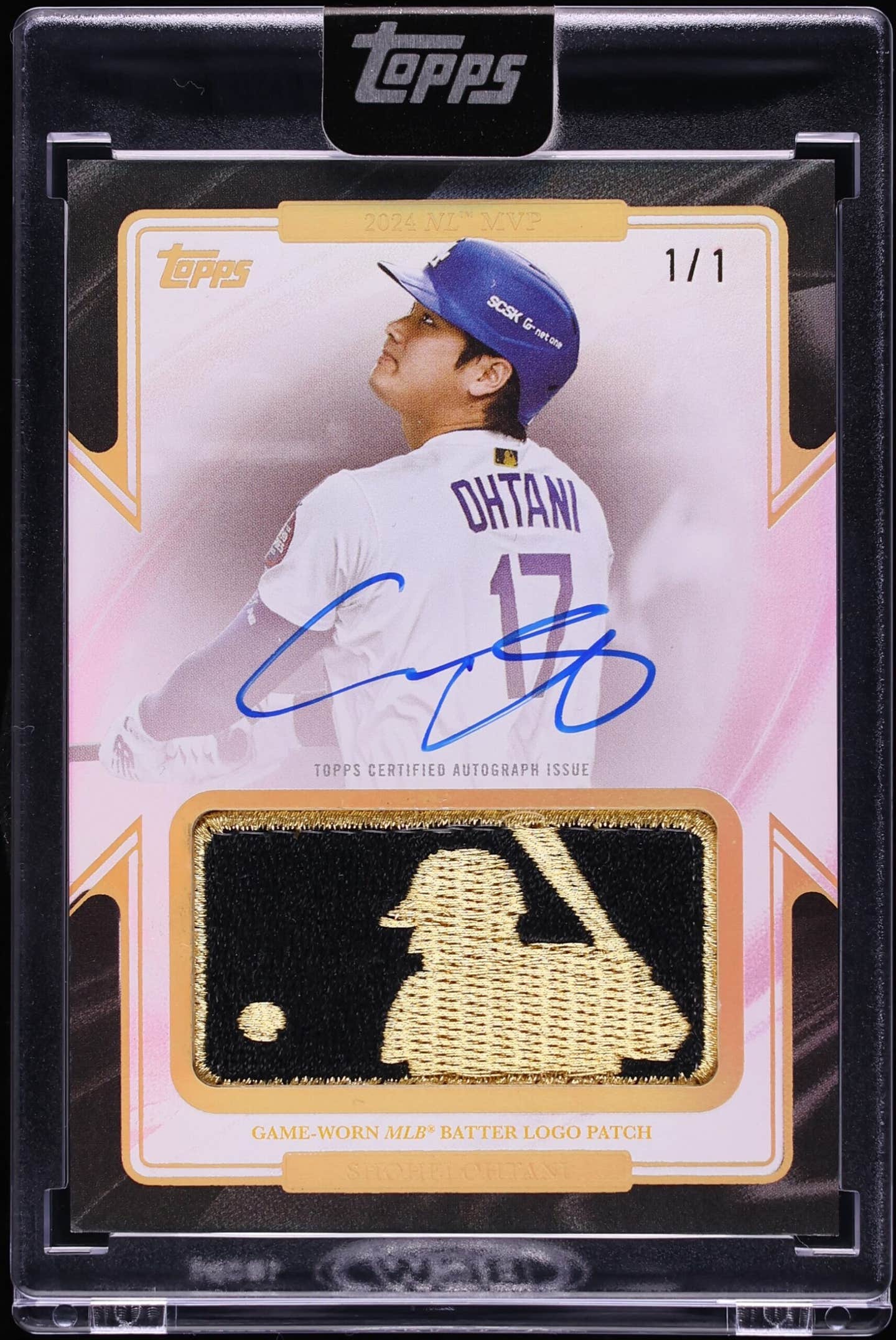News
‘New Century, New Team’ a Fine Look Back at the Beginnings of Boston Americans and American League
By Ron Keurajian
One of the most important organizations engaged in the preservation of baseball history is the Society for American Baseball Research (SABR). Not only am I a fan of SABR, I am also a member.
Over the years, SABR has published countless books and periodicals on the National Pastime, from the game’s inception in the 19th century to modern-day baseball and all points in between. SABR’s membership is seemingly endless. SABR has an arsenal of historians and baseball fans who produce some of the finest writings on the history of the game.
I recently received a copy of New Century, New Team, the 1901 Boston Americans (SABR, 2013). The book, edited by long-time writer Bill Nowlin, is an in-depth and well researched book on the birth of the Americans. They later became the Boston Red Sox.
The first chapters tell the story of the team’s birth. Before 1901, the dominant league, the only league, was the National League. In 1901, the American League, brain-child of sports writer-turned-baseball executive Byron “Ban” Johnson, was formed. It was more of a fanciful dream than anything else. The key player in making the American League reality was Ohio coal magnate Charles Somers. After reading New Century, you understand how important Somers was to the birth of the American League.
Somers made countless millions in mining. His financial backing was critical in founding the upstart league. As contributing writer Fred Schuld wrote: “Somers was much more than one of the league’s founding members; he was also its principal financier.”
Schuld continued: “At one point, the free-spending magnate was part owner of four of the league’s eight franchises.”
Somers became the first owner of the Boston Red Sox, then called the “Somersets.” Somers also owned the Cleveland Naps (named after the team’s star player and Hall of Fame legend Nap Lajoie) from 1901-16. In 1915, Cleveland formally changed its name to the Indians.
New Century also details Philadelphia Athletics owner Connie Mack and his behind-the-scenes efforts to establish the league. The Boston team was put together in a rather quick fashion. Construction on their new ballpark was completed just before opening day 1901. The park, the book notes, was not completely finished. The clubhouse was still under construction and the players had to change into their uniforms elsewhere.
The team was still in the process of securing financing; as such, Boston had to borrow some baseball bats from the Philadelphia ball club.
New Century quotes extensively from newspaper reports of the day from the Boston Post and Boston Herald, giving the reader a flavor of the writing style of the sports journalists of the day.
One of my favorite chapters in the book is “Some Franchise Firsts – An Overview.” Written by Nowlin, it is packed with interesting statistical tidbits. I am often amazed at some of the records that the baseball statisticians are able to dig up. New Century has many facts for the Boston baseball bug. The first pitch ever thrown by a Boston pitcher: Winford Kellum. The very first run scored: Hall of Famer Jimmy Collins. The very first error? Guess you will have to buy the book to find out.
The meat of the book can be found in 26 player biographies authored by various SABR members and baseball enthusiasts. Detailed writings for all the team members are in here from Hall of Famers Jimmy Collins and Cy Young to the grand journeymen of Michael “Nuf Ced” McGreevy, Chick Stahl, George “Nig” Cuppy, Lou Criger and the like.
What I really like about this book are the various contributing authors. The works of more than 20 authors are represented in New Century. Among them are Dennis Auger, Peter Nash, Joanne Hulbert, Charles Faber and many other fine writers. The variant writing styles give the reader unique insight on the early days of the Red Sox and the Deadball Era of baseball.
The book is filled with interesting anecdotes and wonderful baseball tales. New Century is richly illustrated with many pictures from the yesteryear of baseball. I especially liked the illustrations in the McGreevy bio.
New Century is sure to find a permanent place on the shelves of any sports library. Hats off to SABR and its team of dedicated writers for producing such a fine work.
Ron Keurajian is a long-time contributor to SCD and the author of "Baseball Hall of Fame Autographs – A Reference Guide" (McFarland Publishing, 2012).








